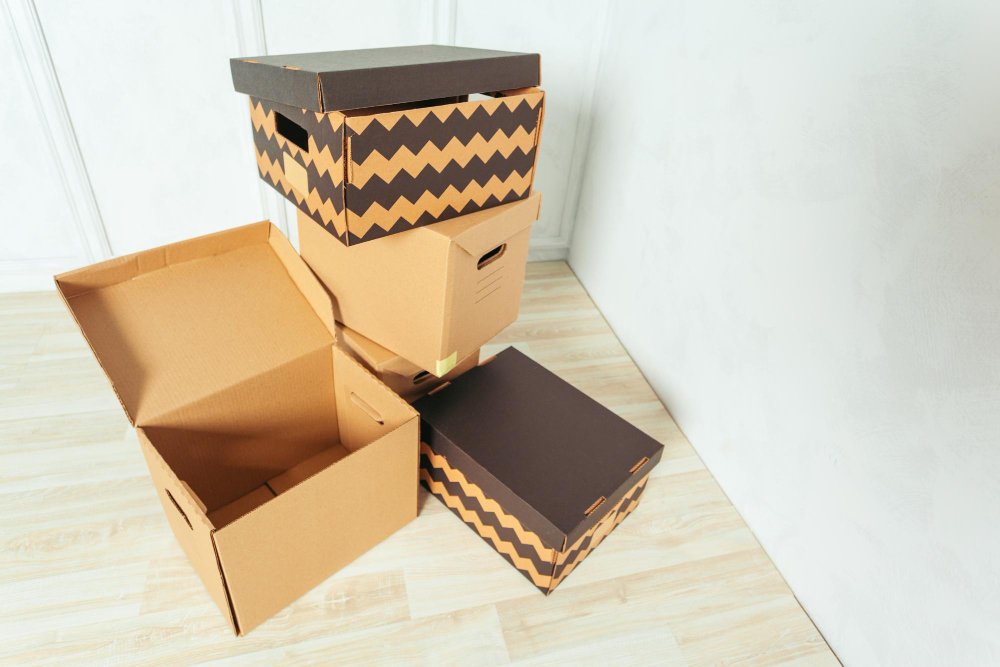It’s quite common these days to have products delivered to your doorstep in beautifully crafted, custom-printed boxes. Vibrant colors, personalized messages, company logos – these elements enhance the overall consumer experience and give crafting a unique identity to products. Beyond its obvious aesthetic appeal, could custom printed packaging be the right decision for your business? Can it further your brand and enhance your product’s market value? In this comprehensive guide, we’ll delve beneath the surface of custom printed packaging, dissect its value proposition, and help you decide if this design choice could be the formula for your product’s success.
For manufacturers and retailers wishing to make an impact or set their product apart, understanding the potential of packaging is vital. The choices can be overwhelming, but the potential to sway consumer perception any elevate brand value makes it all the more worthwhile.
Join me as we navigate the world of custom-printed packaging – from its implications on brand identity and customer engagement to its environmental impact and undertaking it successfully.
Why Opt For Custom Printed Packaging?
Perhaps the most important consideration in this debate is the role of packaging in your brand’s storytelling. A custom package offers ample opportunities to communicate essential information about your brand and product. Customers don’t only hold a product when they make a purchase; they access an experience. Relevant graphics, logos, taglines, and even instructions add layers of interaction that can significantly boost customer engagement and brand loyalty.
However, beyond mere storytelling, custom printed packaging also enhances your product’s visibility on the shelves or online images. Embellishing your packages with brand-specific hues and designs can result in an immediate brand recognition and provide you a competitive edge.
Lastly, custom printed packages can also be environment-friendly without compromising product protection. With innovative design methods, using sustainable materials and printing techniques could project your brand as being environmentally conscious.
What Factors Influence The Design Of Custom Printed Packaging?
The crucial factors in determining your custom packaging design should be the product itself, your brand ethos, target audience, and marketplace competition. Each of these elements play a crucial role in shaping the design. A clear understanding of what your product represents, who it is for, and what sets it apart could profoundly influence the package design.
Additionally, packaging should always align with your brand’s ethos and values – be it luxury, simplicity, sustainability, or fun. Strive to create packages that reflect your brand’s personality and appeal to your ideal consumer.
Lastly, maintaining a keen eye on market trends and competitor strategies can guide you in adopting effective designs and staying relevant in the marketplace.
When Should You Consider Custom Printed Packaging?
Pivoting towards custom packaging should ideally be dictated by the maturation of your brand and its growing market presence. Once your brand is established enough to invest in enhancing customer experience and expanding brand visibility, making the transition becomes a well-guided decision.
However, it’s also essential to be aware of the cost implications of custom-designing and mass-producing packages. The decision should come in line with increased product demand and a larger budget allocation for marketing and packaging.
Lastly, if your brand strongly resonates with sustainability or if market trends veer towards eco-friendly choices, opting for custom printed packaging empowers brand fulfillment and customer expectation.
Pros And Cons Of Custom Printed Packaging
The benefits of custom printed packaging seem immense, offering enhanced brand visibility, deeper customer engagement, and potential for immense differentiation. It also provides you the opportunity to craft impactful unboxing experiences, a popular social media trend that could substantially boost your product’s appeal.
But while advantageous, custom printed packaging also carries potential drawbacks. The cost implications can be significant, particularly for smaller or emerging businesses. Designing, testing, and mass-producing custom printed packaging is a sizable investment. Furthermore, the responsibility to adopt sustainable practices and manage waste becomes crucial.
Navigating The Path To Successful Custom Printed Packaging

If you choose to adopt custom printed packaging, start by identifying a reliable packaging partner. Look for companies with proven records in quality, flexibility, and sustainable practices.
Detailed market research and engagement with design professionals will play a huge role in ensuring that your packaging aligns with your brand and product. Also, care must be taken to ensure practicality and the product’s safety.
Lastly, always prototype and test your packaging design before mass production. Gather feedback and make necessary amendments – a well-designed package may offer returns worth the entire process.
Conclusion:
As we’ve explored, the decision to transition to custom printed packaging isn’t merely a product design decision; it’s a strategic brand move. It has the potential to elevate your brand to new heights and position your products uniquely in the eyes of your consumers. From increased visibility and customer engagement to propagation of your brand story and values, its rewards can be immense.
However, it’s also a path laced with considerations – cost, sustainability, design complexities, to name a few. It’s crucial to examine these layers closely and make a considered decision based on your brand’s stage, ethos, market position, and long-term goals.
In conclusion, custom printed packaging might not be the ‘magic wand’ solution for every product, but when executed correctly, it could be the key to unlocking your product’s potential. Deciding whether it’s right for your product may well be the first step towards a bright future for your brand.
